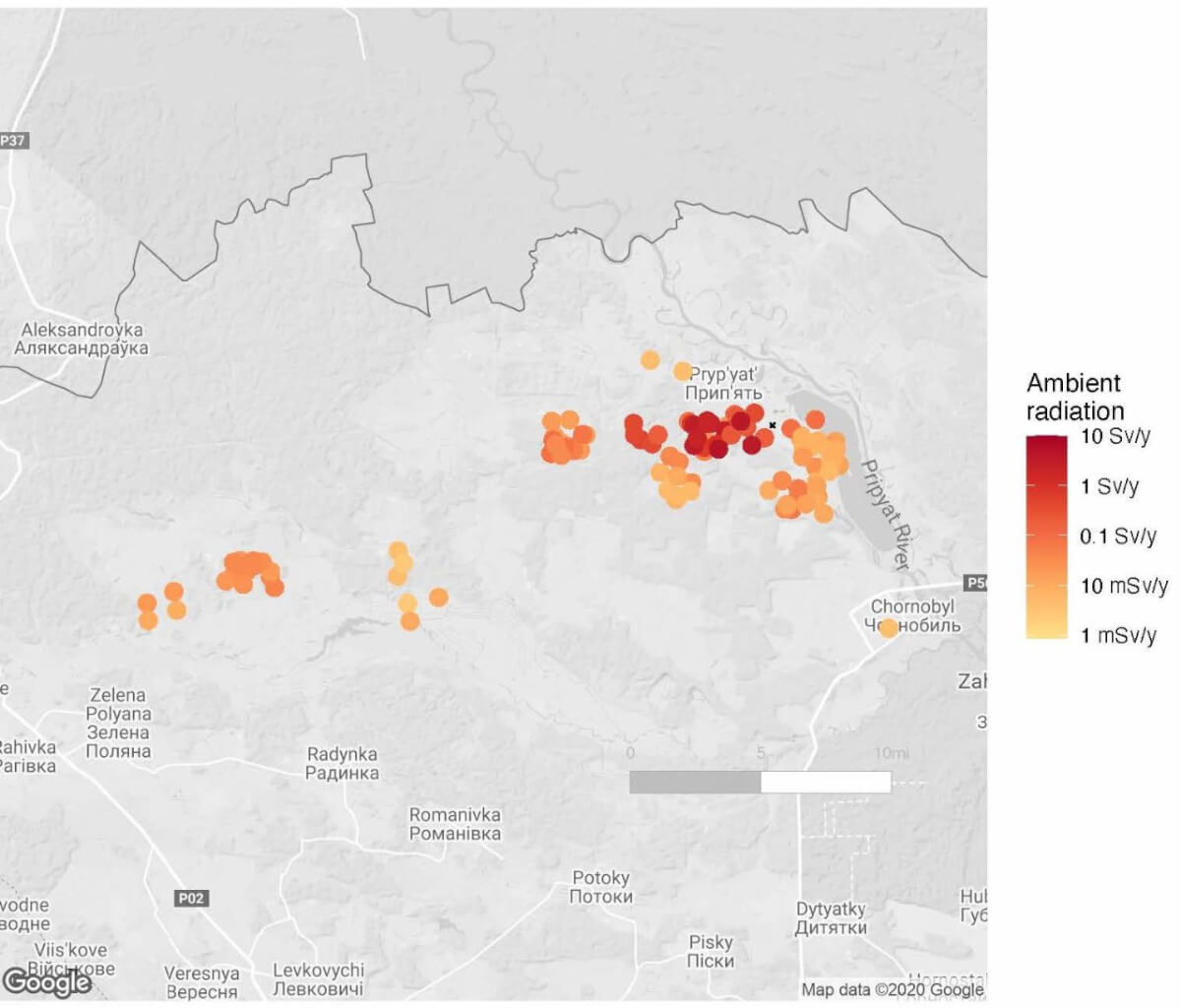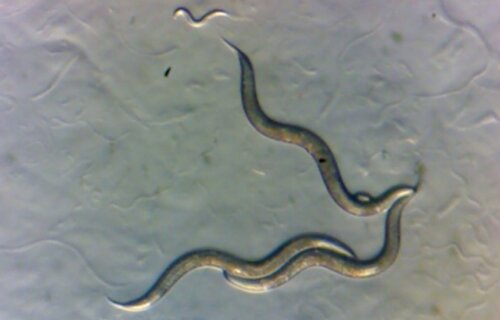NEW YORK — Nearly 40 years after the catastrophic 1986 Chernobyl nuclear disaster, evolution has created a shocking defense against deadly levels of radiation. A groundbreaking study by researchers at New York University has revealed that microscopic worms in the Chernobyl Exclusion Zone have managed to thrive, despite the radioactive fallout.
The new study finds that their genomes are unscathed by the chronic radiation that continues to saturate the area 38 years later. This finding not only challenges our understanding of radiation’s impact on life but also hints at potential insights into human DNA’s ability to repair itself.
Chernobyl’s disaster, one of the most devastating of its kind, left the surrounding area desolate for humans but not devoid of life. Surprisingly, many plants and animals have continued to inhabit the region, adapting to the harsh, radioactive conditions. This phenomenon has intrigued scientists, prompting questions about the biological impacts of long-term radiation exposure.
“Chornobyl was a tragedy of incomprehensible scale, but we still don’t have a great grasp on the effects of the disaster on local populations,” says Sophia Tintori, a postdoctoral associate in the Department of Biology at NYU and the first author of the study, in a university release. “Did the sudden environmental shift select for species, or even individuals within a species, that are naturally more resistant to ionizing radiation?”

The team’s research focused on nematodes, small worms with straightforward genetic structures and the ability to reproduce rapidly, making them ideal subjects for studying basic biological processes. These worms, according to Matthew Rockman, a professor of biology at NYU and the senior author of the study, undergo dozens of generations within the lifespan of a typical vertebrate, offering a unique perspective on evolutionary adaptations to extreme environments.
Brave researchers ventured into the Chernobyl Exclusion Zone, a restricted area around the disaster site, collecting nematode samples from various locations with differing radiation levels. They then analyzed samples back at their lab to determine the impact of radiation on their genomes.
“I had seen footage of the exclusion zone and was surprised by how lush and overgrown it looked—I’d never thought of it as teeming with life,” Tintori adds. “If I want to find worms that are particularly tolerant to radiation exposure, this is a landscape that might have already selected for that.”

Contrary to what many might expect, the study found no evidence of radiation damage in the DNA of the Chernobyl worms. This discovery suggests an extraordinary level of resilience among these nematodes, though the researchers caution against interpreting the area as safe for all forms of life.
“This doesn’t mean that Chornobyl is safe—it more likely means that nematodes are really resilient animals and can withstand extreme conditions,” Tintori explains. “We also don’t know how long each of the worms we collected was in the Zone, so we can’t be sure exactly what level of exposure each worm and its ancestors received over the past four decades.”
The findings also raise questions about the worms’ potential mechanisms for protecting or repairing their DNA, a subject of great interest for understanding how different species, including humans, respond to environmental stressors.
By examining the worms’ sensitivity to DNA damage, the researchers aimed to uncover variations in DNA repair capabilities that could shed light on human genetic diversity and its implications for disease resistance, particularly cancer. Understanding why some individuals are more susceptible to the effects of carcinogens than others could significantly advance our knowledge of cancer risk factors.
“Thinking about how individuals respond differently to DNA-damaging agents in the environment is something that will help us have a clear vision of our own risk factors,” Tintori concludes.
The findings are published in the Proceedings of the National Academy of Sciences (PNAS).
You might also be interested in:

What about Tardigrades? Considering their ‘miraculous’ survivability slills, has anyone looked for and studied them in the exclusion zone? You mentioned other plants and animals still surviving (and perhaps thriving), I did read something about squirrels in a park at ground zero in either Hiroshima or Nagasaki, living in what would be considered unlivable conditions.
Radiation is an amazing force, can kill cancer cells and cook popcorn.